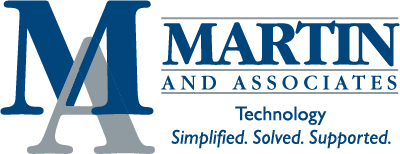The business world of today is all about data – for all types of companies and industries, but maybe particularly for not-for-profit organizations. Since data is informing the decisions you’re making about the future of your company, non-profit organizations are constantly doing the hard work of staying on budget and/or on pace with their grants, donors, members, and so forth, and data warehouses can be a vital component of these Business Intelligence (BI) tasks. We know that Intacct customers, including non-profit professionals, tend to have a lot of questions about data warehousing as a solution, and you probably do, too. In this article, we’ll offer you answers to the general and more specific questions you might have about a data warehouse for management and analysis of your non-profit data with Intacct.
Definition. Let’s begin by defining the product: a data warehouse is a multi-dimensional database. This particular description might not clear it up for you, so let us elaborate. A data warehouse is a virtual storage space or a server-staged database, which you can run on a shared server or a server specifically for the BI data store. To compare, an external hard drive offers you the space to store diverse kinds of files and software applications while a commercial data warehouse provides you a place to house multiple types of operational and transactional data sets. Another way to understand data warehousing conceptually: if you three-dimensionalized an Excel spreadsheet, you could organize your operational and transactional information in aggregated, streamlined, and effective ways, which is exactly what a data warehouse does, eliminating error with business user friendly technology. A modern commercial data warehouse is managed by a technical database management program, like Microsoft SQL Server Visual Studio or Solver’s own software for managing a data warehouse, called the BI360 Data Warehouse Manager, with an accessible interface and part of the BI360 Suite.
Deployment. Regarding installation and automation, a commercial data warehouse usually comes “out of the box,” which means that is an easy implementation, and then, you just have to replicate your organizational information from Intacct and other data sources. A consultant and expert in extracting, transferring, and loading your information will set up your data warehouse, then go about automating the ETL process from your databases. Martin & Associates likes to encourage the smart shopper move of picking a data warehouse with a pre-built integration directly to the Intacct Cloud. Then, a consultant who can assist in simplifying and optimizing your BI processes, like financial reporting, budgeting, and dashboards, will train you on how to query data effectively from the warehouse for financial statements, planning, and data visualizations – and the better decision-making that is a result of these analytics. Once you have configured and trained on the data warehouse, business end users at all levels of the organization can manage the system without having to involve the IT team.
To continue learning more about data warehouse solutions for non-profit organizations using Intacct, read the rest of this article here.
